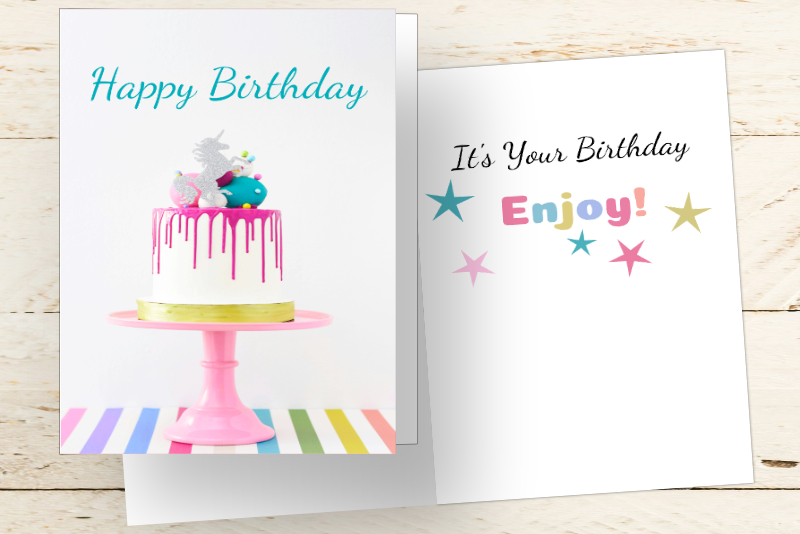Templates and Commercial Digital Art

The number of digital artists creating art on their computer and selling it on the web is increasing as fast as the web itself. One commercial possibility for a cottage industry is designing elements for traditional, digital and hybrid scrapbooking. Another area is custom design for many business products from business cards to websites. At some point, you might wish to join one or more of the many commercial websites that sell these products. Once you are part of a design team however, you will quickly realize that you are expected to produce a much larger number of designs than you might have as a casual artist. One thing that can speed up your productivity as a graphic artist is the use of templates. Certain digital art projects just scream for the use of templates. Examples are business cards, product labels and brochures. Basically, these projects use the same dimensions every time. Maybe you are a graphic artist and you create many business card designs on a weekly basis. Or maybe you create designs for digital scrapbook products such as tags, word art and background papers. Starting a new design from a template will save you many repetitive steps. Templates fall within two categories based on the production requirements for the final project.
Some informal design layouts, such as digital scrapbook elements, require custom templates. Although products made from these templates are sold commercially on the web and in craft stores, they are meant to be printed on a home printer by the consumer and trimmed with a paper cutter. Because these projects usually have custom dimensions, there aren't many standardized templates on the market yet. So, you need to create your own. The only stipulation is that the project design be within the printable area of an 8.5 by 11 home printer. If you are required to create a one-time project, creating a custom template for such a project might not be cost effective. However, if you are on a digital scrapbook design team, you will be creating these elements on a daily basis as part of your job. In this case, creating a custom template would be very cost effective and quite a time saver.
The second type is the commercial template. These templates are standardized and must match the layout criteria for professional printers or commercial print products. Professional printers have very specific requirements not only for the printing process but for the trimming process that follows. If your design does not match these requirements, you may not be happy with the results from the printer. To help with this, most commercial printers offer downloadable templates and instructions for using these templates when creating custom designs to be printed by them. Also, companies, such as Avery Dennison, that produce commercial print products offer downloadable templates to match their product line. These templates are in Microsoft Word, Adobe Illustrator, Photoshop and InDesign formats. Also, most of these commercial templates are for business cards, address labels and other business printing. Only recently have these companies begun to include downloadable templates for craft projects such as digital scrapbook elements and greeting cards.
Some informal design layouts, such as digital scrapbook elements, require custom templates. Although products made from these templates are sold commercially on the web and in craft stores, they are meant to be printed on a home printer by the consumer and trimmed with a paper cutter. Because these projects usually have custom dimensions, there aren't many standardized templates on the market yet. So, you need to create your own. The only stipulation is that the project design be within the printable area of an 8.5 by 11 home printer. If you are required to create a one-time project, creating a custom template for such a project might not be cost effective. However, if you are on a digital scrapbook design team, you will be creating these elements on a daily basis as part of your job. In this case, creating a custom template would be very cost effective and quite a time saver.
The second type is the commercial template. These templates are standardized and must match the layout criteria for professional printers or commercial print products. Professional printers have very specific requirements not only for the printing process but for the trimming process that follows. If your design does not match these requirements, you may not be happy with the results from the printer. To help with this, most commercial printers offer downloadable templates and instructions for using these templates when creating custom designs to be printed by them. Also, companies, such as Avery Dennison, that produce commercial print products offer downloadable templates to match their product line. These templates are in Microsoft Word, Adobe Illustrator, Photoshop and InDesign formats. Also, most of these commercial templates are for business cards, address labels and other business printing. Only recently have these companies begun to include downloadable templates for craft projects such as digital scrapbook elements and greeting cards.

Related Articles
Editor's Picks Articles
Top Ten Articles
Previous Features
Site Map
Content copyright © 2023 by Diane Cipollo. All rights reserved.
This content was written by Diane Cipollo. If you wish to use this content in any manner, you need written permission. Contact Diane Cipollo for details.







